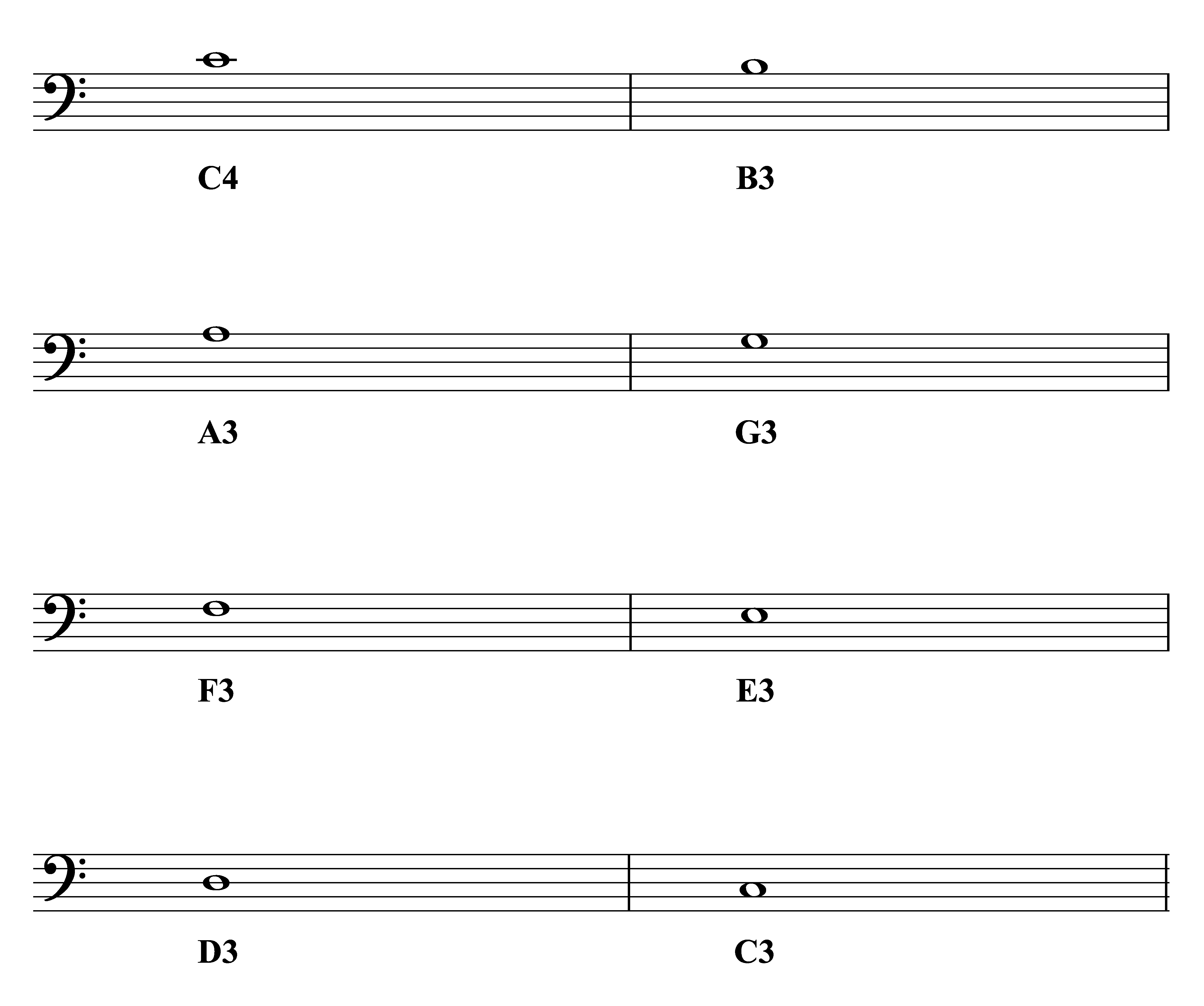

(Standard Tuning, Thick to Thin: B, E, A, D, G) (Standard Tuning, Thick to Thin: E, A, D, G)Įasy to Remember Phrases for 5-String Bass Guitars:

(Standard Tuning, Thick to Thin: E, A, D, G, B, E)Įasy to Remember Phrases for 4-String Bass Guitars: We'll start with acronyms for standard tuning on 6-string acoustic & electric guitars, and then move onto 4-string and 5-string bass guitars.Įasy to Remember Phrases for 6-String Acoustics & Electrics: Luckily, there are quite a few acronyms people came up with just for this purpose. If you're a beginner and just picked up your first guitar not too long ago, you've probably figured out by now how important it is to memorize your basic, open string notes! Take a look at the image below showing every single note on a standard 12-fret guitar: With multiple strings tuned only several notes off (with the primary difference being octaves), as soon as you start going up on the frets you immediately notice a lot of note overlap. Įach of the three strings inside of a piano is tuned to a specific note's frequency. No matter how hard you tried, you couldn't come up with any other combination to play 'C4' other than hitting the 'C4' key on your piano. On a piano, there is only one way to play any single note. Since the guitar is a two-dimensional instrument, there are a significant number of notes that repeat more than once.Ĭompare this to a one-dimensional instrument like the piano. This means that a 12-fret guitar has 3 octaves of the E chromatic scale across all of its frets - no more, no less.
Bass notes plus#
There are 12 notes, multiplied by 3 octaves, plus the first note. Not even close!Ī 12-fret guitar can only play 37 notes maximum. Getting familiar with standard tuning is an essential, necessary step to learning guitar, one that'll help you progress into reading tabs and sheet music soon.Īt first glance, it might seem like a standard 12-fret guitar has hundreds of notes as I mentioned earlier.īut in reality, this isn't the case. Practice listening to each string open (E, A, D, G, B, E thick to thin), and remembering which string is which note. It's not specific to just the guitar.Īnd now it's your turn: go ahead, get out there, and remember how Eddie ate dynamite! Use that phrase to memorize standard tuning. It's a great exercise and carries across to any instrument, and virtually any genre of music. I firmly believe that everyone who picks up the guitar should try to learn at least a few songs by ear at one point or another. Over time, you'll be able to tell if a string is slightly out of tune just by listening to it. The only time it doesn't is when you're using alternative tuning to transpose your notes up or down (by manually re-tuning the strings instead of using a capo).Īs you get more and more familiar with what each in-tune open string should sound like, you'll start developing your musical ear. Whenever you're tuning a guitar, whether you're doing it by hand or using a guitar tuner, you'll notice that this order stays consistent. It's like this for any six string guitar (whether that's strings for a 6-string acoustic, or a 6-string electric). These notes (E, A, D, G, B, E from thick to thin) are what the strings on your guitar are tuned to in standard tuning. To this day I still can't figure out why Eddie decided to eat dynamite, but hey, it's memorable. The illustration above should help you visualize this a little better.Ī good acronym (or phrase) you can use to remember the notes of open strings is, "Eddie Ate Dynamite, Good Bye Eddie."


 0 kommentar(er)
0 kommentar(er)
